THE HISTORY OF THE PROSECUTION SERVICE
In Hungary, prosecutorial activities date back to centuries.
Feudal antecedents of the prosecution system
In the middle ages, the task of the Director of Legal Affairs, as the King’s entity, was to represent the King and the State as a plaintiff. They also acted as an accuser in criminal cases concerning the King and the state order.
Since the 17-18th centuries, elected municipal prosecutors acting as legal representatives operated in municipalities. Their criminal law tasks included the preparation of indictments, performance of tasks of the public prosecutor and supervision of the enforcement of punishments and penal sanctions.
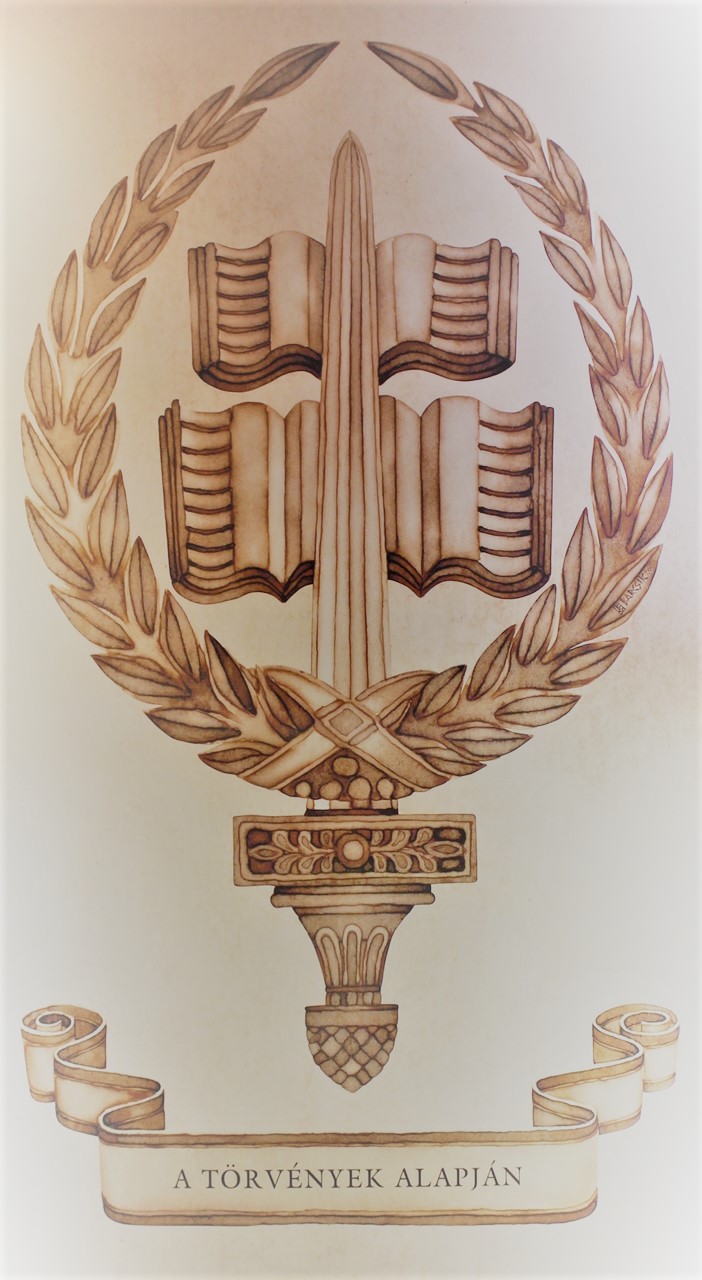
Reforms in 1848
During the Revolution, Ferenc Deák, the Minister of Justice, appointed national public prosecutors to enforce the State’s demand for punishment. National public prosecutors acted in instant trial courts operating since February of 1849. Their task was to facilitate the determination of the chain of events retrospectively and after evidence were taken, they made a declaration on the indictment.
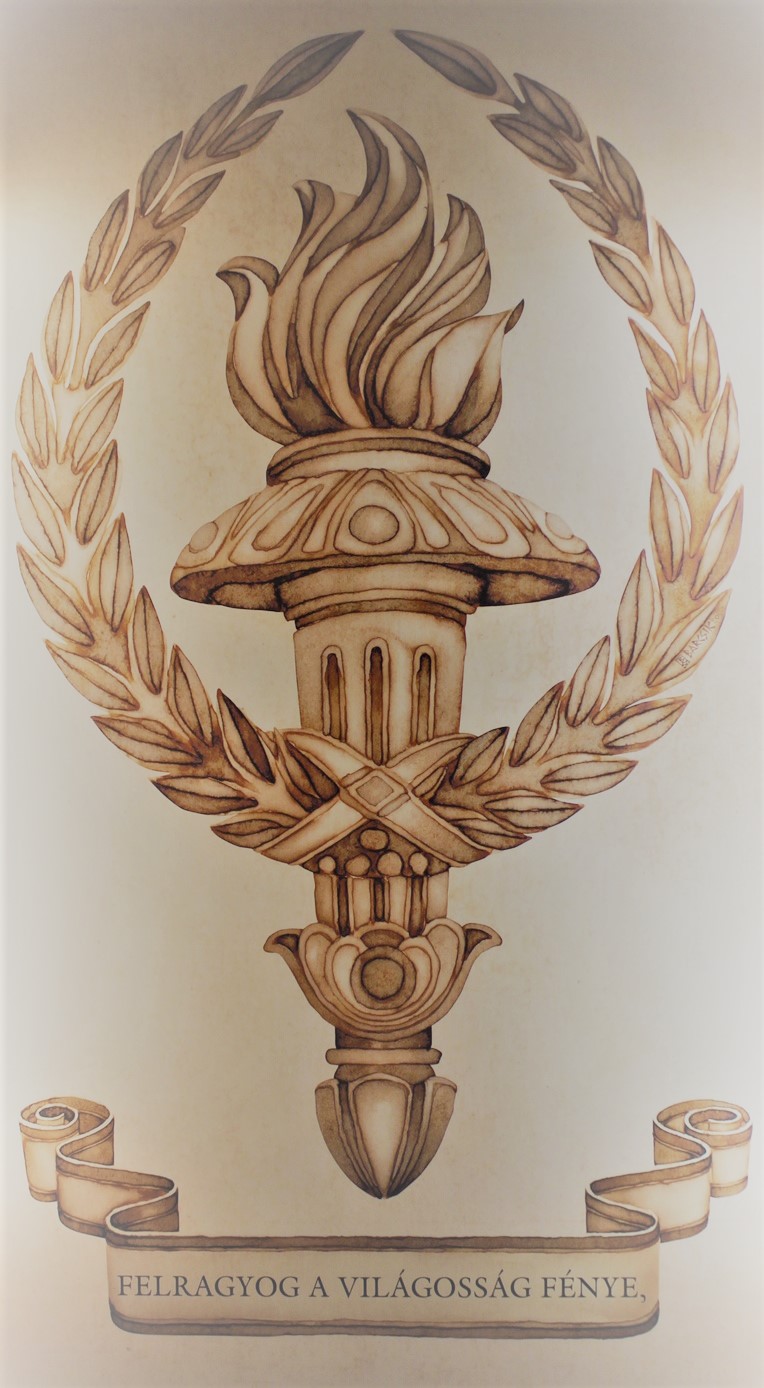
After the suppression of the war of independence
After the suppression of the war of independence, Hungary was incorporated into the Austrian Empire, and the modernisation of the legal system had begun.
Among the new institutions, the Public Prosecution Service was set up in 1849, which institution, based on the French model, was widely used throughout Europe by the middle of the 19th century. By this time the idea that a crime violated not only the victim but the whole society became the dominant legal way of thinking.
The Public Prosecution Service was subordinated to the Minister of Justice. Public prosecutors had the power to act in criminal, civil and disciplinary proceedings.
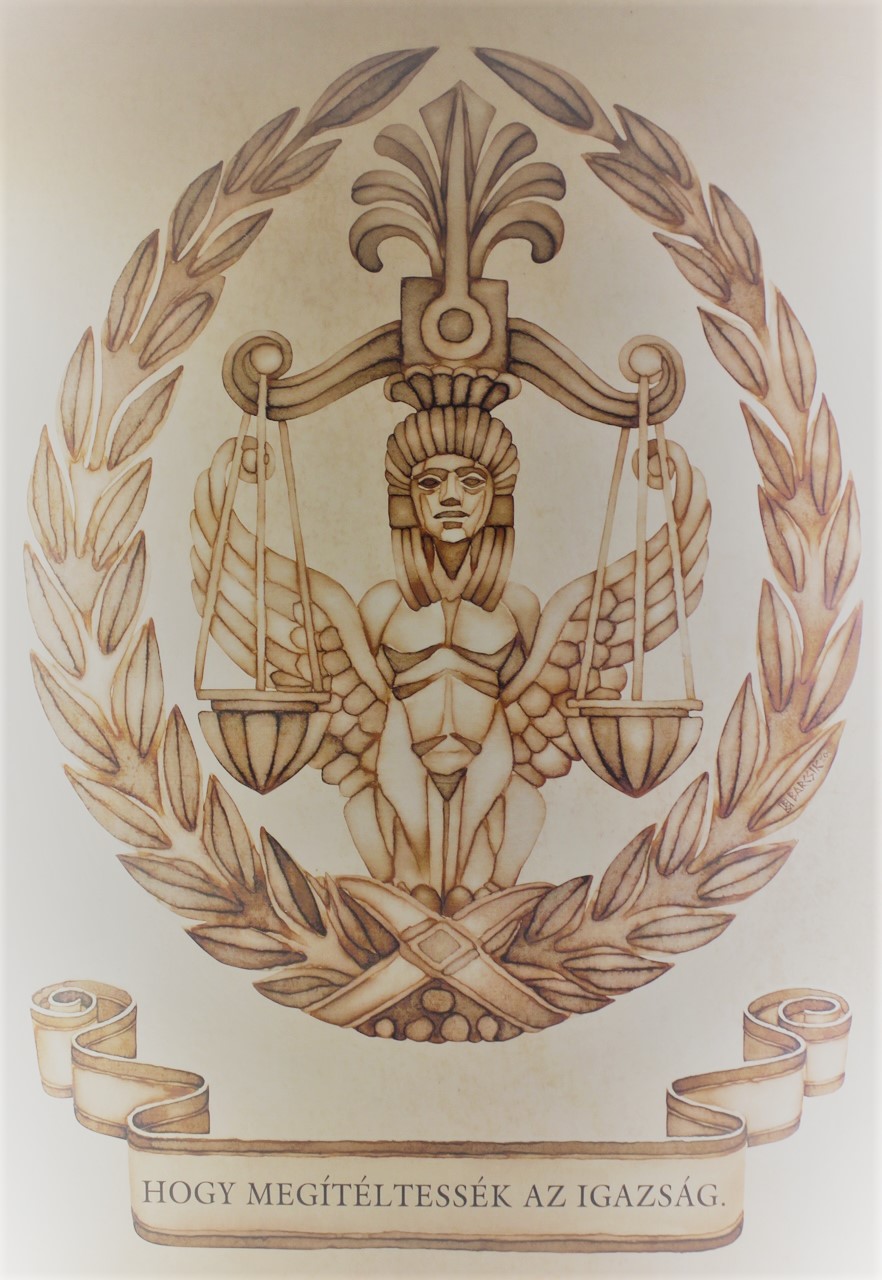
Following the Austro-Hungarian Compromise
After the Compromise between Austria and Hungary in 1867, the civic state administration started to be built up. Act IV of 1869 on the exercising of judicial power separated the administration of justice and public administration, and secularized the administration of justice.
This was the time when Act XXXIII of 1871 on the Crown Prosecution Service was legislated. The Act defined the task of the prosecutors as “to initiate legal procedure if the regulations of the criminal law were infringed”.
The Crown Prosecution Service was organized as an institution subordinated to the Minister of Justice.
The new state courts and prosecution offices began to operate on January 1, 1872.
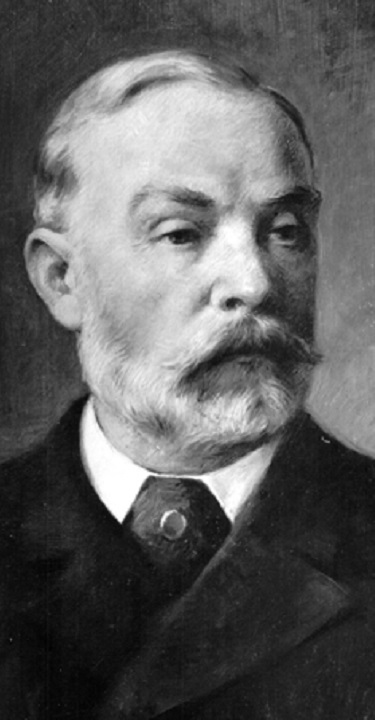
The regulation on the employment status of prosecutors was defined in 1871, when provisions on judges were expanded to them. Prosecutors and judges regularly went on to work in the other field.
The regulation on the employment status of prosecutors was defined in 1871, when provisions on judges were expanded to them. Prosecutors and judges regularly went on to work in the other field.
The great piece of codification, Act XXXIII of 1896 on Criminal Procedure was based on the idea that crimes should be prosecuted, so it became necessary to have prosecutors at all of the four levels of the court system. Prosecution paralegals who were appointed by the Minister of Justice started working at the local court level, while the Crown Prosecutor started working at the level of the Supreme Court, the Curia. The organization of the prosecution service was completed with prosecutors working at county court and regional court of appeal level.
Interestingly, the Crown Prosecutor did not have the right to supervise and command the prosecutors working at the local court level. The most important power of the Crown Prosecutor was the right to challenge and appeal to the Curia against any legally effective decisions of the criminal and civil courts in order to ensure the standard and uniformity of legal practices. The Crown Prosecutor had to be heard in the Curia.
With the Criminal Procedure Code coming into force on January 1, 1900, the classical period of the Crown Prosecution Service had begun. A unified prosecution service started to work throughout the whole country. In accordance with the Criminal Procedure Code prosecutors gave orders for, directed and terminated criminal investigations. They filed indictments, but they could also refuse prosecuting a case in court, they could modify and drop charges. No trials could be held if a prosecutor was not present, and prosecutors could lodge appeals against court decisions.
The first Crown Chief Prosecutor of Budapest, Sándor Kozma, worked for more than a quarter of a century and has paramount merits in establishing the activities of the prosecution service.
During the World War I, the power of the Crown Prosecution Service continuously increased.
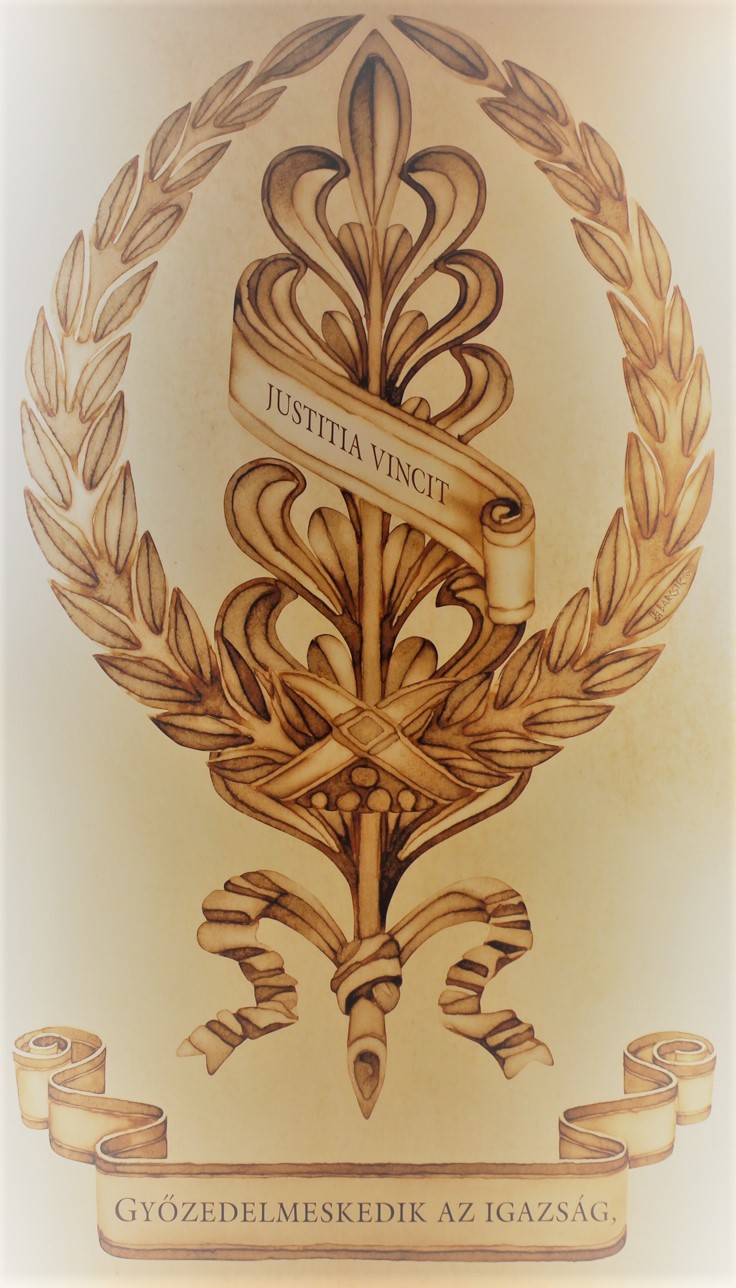
Between two world wars
Between 1918 and 1919 a structural transformation took place: next to the municipal courts public prosecution offices, next to the county courts chief public prosecution offices, and next to the Curia the Office of the General Prosecutor were operating.
After 1920, the organization operated under the name Crown Prosecution Service again.
The approaching great war influenced the legislation of the late ’30s. Law articles created this time affected the judicial organization as well, in 1939 the racial cleansing of the personnel at the courts and prosecution offices took place.
The years 1944/45 brought the end of the Crown Prosecution Service. However, the prosecutors remained at their offices, and continued their work at the State Prosecution Service, formed by the new government.

After 1945
After 1945, the state institutions and legal system were reorganized according to the Soviet model.
The Constitution promulgated by Act XX of 1949 provided for a type of new prosecution service by setting forth that the Prosecutor General elected by and accountable to Parliament shall guard legality, and the Prosecution Service shall be headed and directed by him.
After the parliamentary election of the Prosecutor General on July 4, 1953, the Office of the Prosecutor General was established. A new hierarchy was formed which contained county prosecution offices placed below the Office of the Prosecutor General, while at local level, city and district prosecution offices were set up. The Prosecution Service was imposed with the obligation to supervise the legality of criminal proceedings and the legality of the enforcement of punishments and criminal sanctions.
Prosecutors were entitled to initiate any kind of lawsuit or take actions in any kind of proceedings in civil cases with the exception of cases where one could assert their rights only in person.
During the Revolution of 1956 revolution committees were set up at the prosecution offices as well. After the Revolution fell, revenge was taken on members who had been actively involved in these committees.
In the one-party era all the institutions of the state and public administration were confined within the frameworks determined by the sole and exclusive centre of power.
The activities of the prosecution service were fundamentally determined by the change of the regime, the Prosecution Service of the Republic of Hungary was established on October 23, 1989.
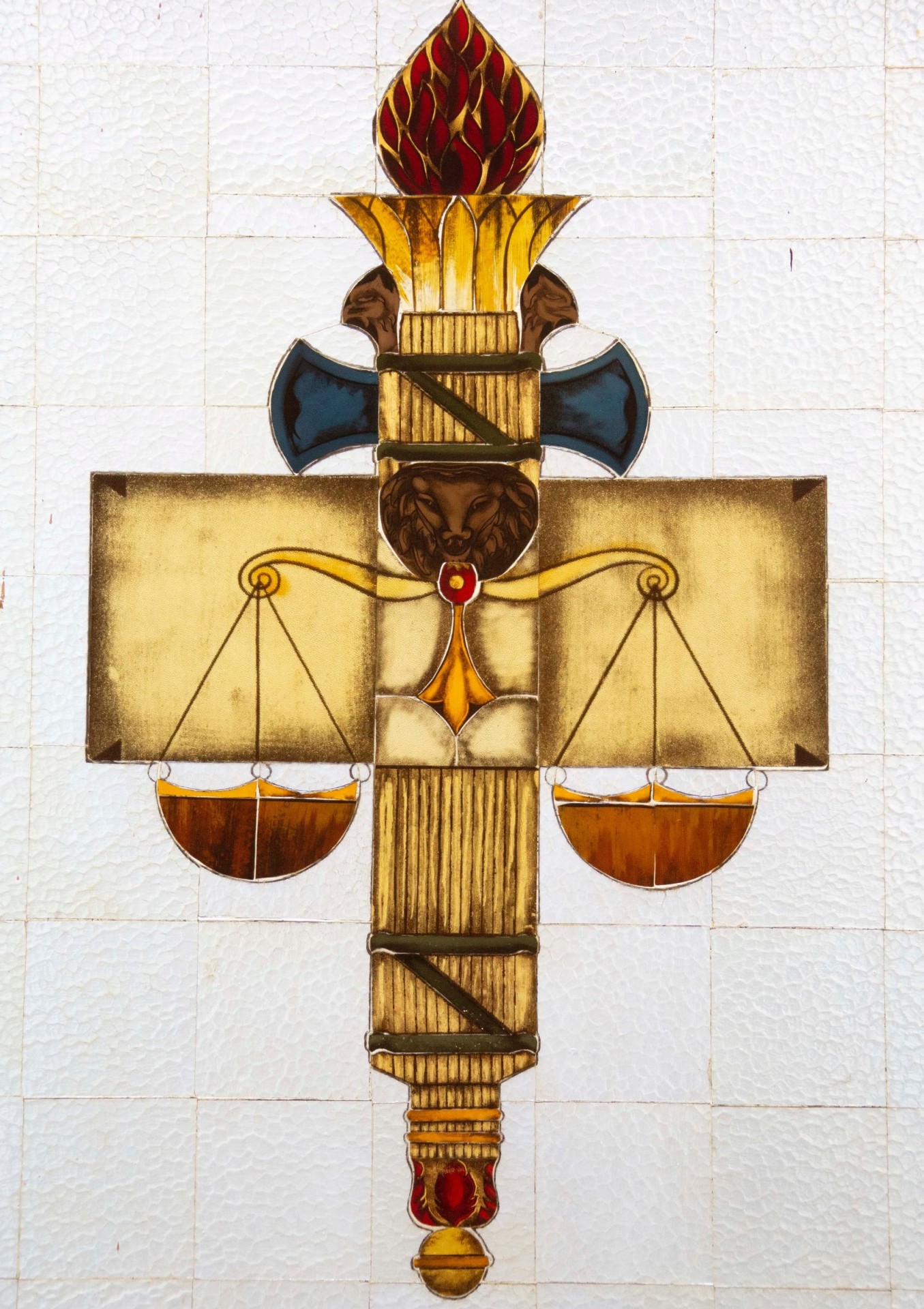
After the change of regime
After the turn of the millennium the current system of judicatory was formed: the regional courts of appeal and the chief prosecution offices of appeal were restored.
Decision No. 3/2004 (II.17.) of the Constitutional Court, which clarified the constitutional status of the Prosecution Service and the role of the Prosecutor General, was of paramount in the history of the Prosecution Service. This Decision declared that the Prosecution Service is placed in the system of justice in the broader sense and determined that the Prosecutor General and the Prosecution Service are not subordinated to Parliament.
The Prosecutor General is the head of the Prosecution Service but not in a political sense: the Prosecutor General directs prosecutorial work. The accountability of the Prosecutor General to Parliament includes the obligation of annual reporting, the obligation of appearance both at parliamentary commissions or plenary sessions, the obligation of response both to hearings at parliamentary commissions or questionings at plenary sessions. The Prosecutor General bears no political responsibility to the Parliament for individual decisions, and they shall be instructed neither directly nor indirectly to make or amend decisions with specified substance in individual cases.
On the 1st of May 2004 Hungary joined the European Union, which provided an opportunity for the Prosecution Service to actively participate in the work of the EUROJUST and in this way the Prosecution Service of Hungary became fully integrated into the prosecution system of the EU.
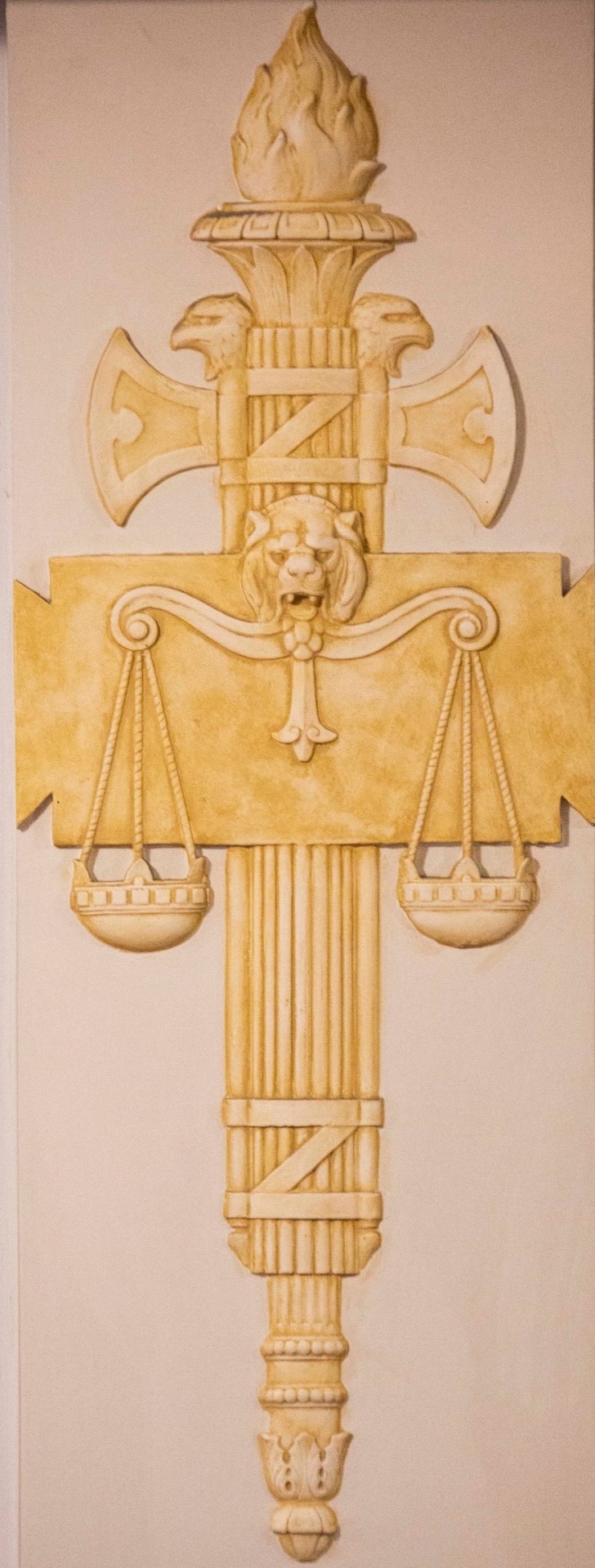
As far as the legal status and the operation of the Prosecution Service are concerned, Article 29 of the Fundamental Law of Hungary, which has been effective as of January 1st 2012, is of great importance.
According to Article 29 the Prosecutor General and the Prosecution Service shall be independent, shall contribute to the administration of justice by exclusively enforcing the State’s demand for punishment as public accuser. The Prosecutor General shall be elected by the Parliament from among the prosecutors for nine years on the proposal of the President of the Republic. The Prosecutor General shall be elected with the votes of two-thirds of the Members of the Parliament.
The new Prosecution Employment Status Act held up the Hungarian law tradition that the provisions applicable for judges and prosecutors (e.g. provisions about their payment, work, promotion and free and vacation days) are fundamentally the same.
The organisational coherence of the Prosecution Service has also been realized, as military prosecution offices are no longer separated from non-military prosecution offices.
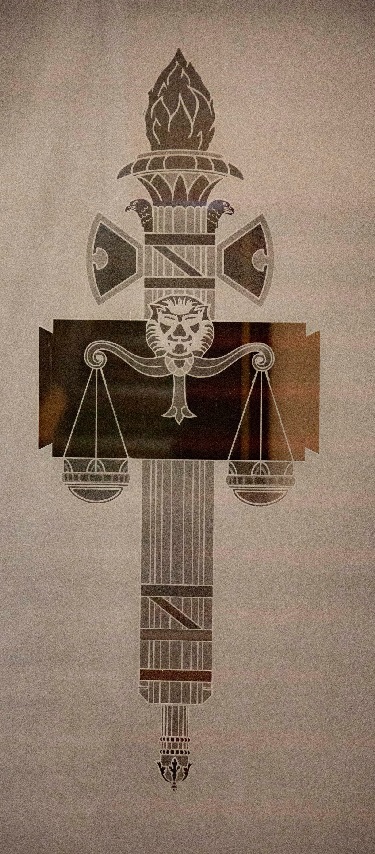
The Prosecution Service Act from 2011, in addition to the public accuser role of prosecutors, reforms the prosecutors’ non-criminal duties and responsibilities. When this non-criminal power is exercised, the protection of public interest and rights are considered to be the decisive objectives.
Currently five Appellate Chief Prosecution Offices, and 21 Chief Prosecution Offices (Chief Prosecution Office of the Capital, nineteen County Chief Prosecution Offices, and the Central Chief Prosecution Office of Investigation) are operating under the guidance of the Office of the Prosecutor General. In the Capital and in the counties a total of 124 local Prosecution Offices are running. Since 2019, the Central Chief Prosecution Office of Investigation carries out the investigations conducted by the Prosecution Service.
The National Institute of Criminology is a structural unit of the Prosecution Service: it functions as a scientific and research centre.
The summary was made by using the studies of Dr. László Nánási on the history of the Prosecution Service.